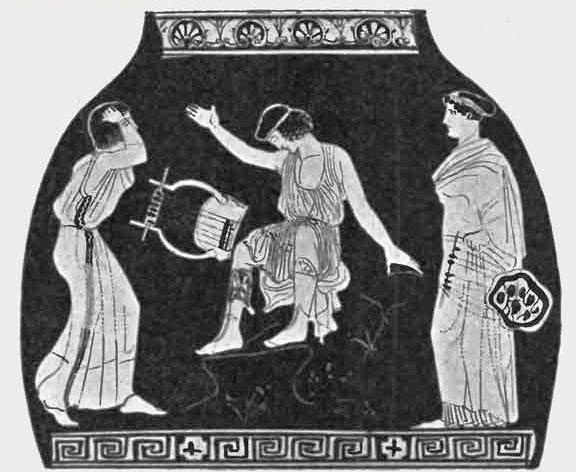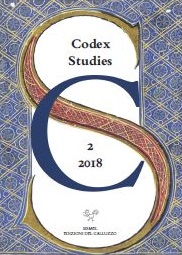This year Ronald Syme’s Roman Revolution turns 80 years old. I want to re-read it.
This year I teach from 2-3:15. I’m not much of an afternoon person and I tend to leave my office at around 5. So there’s this gap between when I wrap up anything to do with my class and when I feel like I can quietly shuffle out of my office. In the past, I’ve used that gap to read an article or to read some material from North Dakota Quarterly or whatever. It’s been pretty unstructured. I like to think of that hour or so as a chance to do a little slow reading that differs a bit from my research reading, editing, or my frantic preparations to teach.
This year, I’m going to structure it a bit with a project called “Reading The Roman Revolution.” Years ago, in my youth, I fancied myself a Roman historian and took seminars on the history of the Roman Republic and the Roman Empire at Ohio State. We read The Roman Revolution, as almost any student of the ancient world should, and discussed its role in shaping contemporary views of the end of the Republic and the rise of Augustus.
Mostly, though, I was enthralled by Syme’s prose and what felt to me to be a genuine hatred of Augustus and sorrow for the end of the Republic. As he notes in his preface:
Liberty or stable government: that was the question confronting the Romans themselves, and I have tried to answer it precisely in their fashion.
The design has imposed a pessimistic and truculent tone to the almost complete exclusion of gentler emotions… Δύναμις and Τύχη are the presiding divinities.
In Chapter I, he explains that his work will follow the example of the history of C. Asinius Pollio which “has perished, save for inconsiderably fragments or supposed borrowings in subsequent historians. None the less, the example of Pollio and the abundance of historical material … may encourage the attempt to record the story of the Roman Revolution and its sequel, the Prinicpate of Caesar Augustus, in a fashion that has now become unconventional, from the Republican and Antonian side.”
Anyone vaguely aware of the political situation in the U.S. will probably understand why reading TheRoman Revolution at this moment in history might be useful. Syme, of course, wrote it in the 1930s against the backdrop of the rise Mussolini and Hitler
There is one thing, though, I don’t want to do this alone:
First, I don’t remember enough about Roman History to evaluate the historiographic consensus on Syme’s work in the 21st century, but that would be interesting to understand.
Second, my tendency will be to read The Roman Revolution with the figures of Constantine, Theodosius, and Justinian looking over my shoulders and grinning at the savvy and brashness of Augustus, while quietly critiquing his unfortunate lack of “real authority.”
Finally, want to hear how other people read this book and whether other people find Syme’s view of Augustus as useful in the 21st century.
My plan is to read a chapter a week (with a few weeks off here and there) and blog about them. If folks want in, I’m happy to share your words on my blog, if you want. Or, if you blog or tweet using the hashtag #ReadingRomanRevolution (which I think is better than #ReadingRonald80), I can link to your pages or tweets or whatever.
I mean, this could be fun, right, and who knows, maybe something will come out of it that we can pitch to folks at The Digital Press?

























